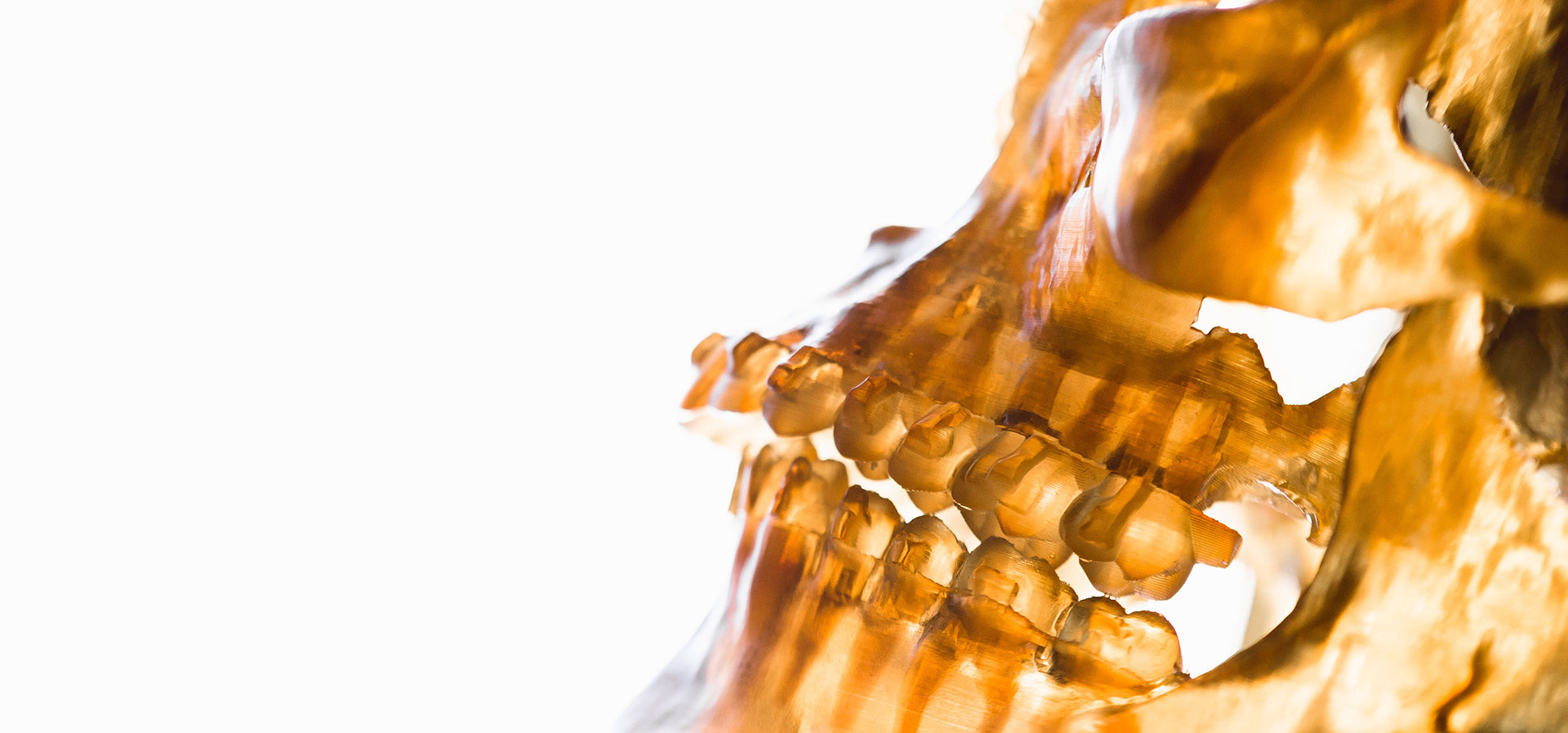
Exposures of Impacted Teeth
An impacted tooth is one that fails to erupt into the dental arch within the expected developmental window.

An impacted tooth is one that fails to erupt into the dental arch within the expected developmental window. Because impacted teeth do not erupt, they are retained throughout the individual's lifetime unless extracted or exposed surgically. Teeth may become impacted because of adjacent teeth, dense overlying bone, excessive soft tissue or a genetic abnormality. Most often, the cause of impaction is inadequate arch length and space in which to erupt. That is the total length of the alveolar arch is smaller than the tooth arch (the combined mesiodistal width of each tooth). The wisdom teeth (third molars) are frequently impacted because they are the last teeth to erupt in the oral cavity. Mandibular third molars are more commonly impacted than their maxillary counterparts.
As a general rule, all impacted teeth must be removed except, in certain cases, canine teeth: canines may just remain buried and give no further problems, thus not requiring surgical intervention. However, removal of an asymptomatic impacted tooth isn't a medical consensus: watchful monitoring may be a more prudent and cost-effective strategy and open path for a future placement of implant on such impacted tooth.
All impacted teeth, unless otherwise contraindicated, are considered for surgical removal. Thus, dental extractions will often take place. The type of extraction (simple or surgical) often depends on the location of the teeth. In some cases, for aesthetic purposes, a surgeon may wish to expose the canine. This may be achieved through open or closed exposure. Studies show no advantage of one method over another.
We are an accredited non-hospital surgical facility committed to providing you with the utmost care.
